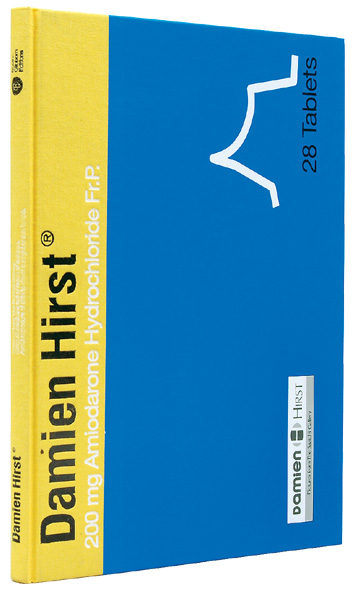
Damien Hirst at Tate Modern: Sharks, Skulls and Spots
To coincide with Damien Hirst’s first retrospective to be held at the Tate Modern from 4th April to 9th September 2012, Peter Harrington is proud to present a selection of books, prints and drawings by Britain’s most famous and controversial artist.
Hirst became famous while still a student at Goldsmith’s, when he organised ‘Freeze’. This 1988 exhibition took place in an empty building owned by the London Port Authority in Surrey Docks and brought to the attention of the world a group that were to become known as the Young British Artists (YBA). The show attracted, amongst others, the attention of Charles Saatchi who became a prolific collector of Hirst. Pictures from the Saatchi Gallery, the catalogue of all of Hirst’s works owned by Saatchi in 2001, is on offer in our Fulham Road shop.
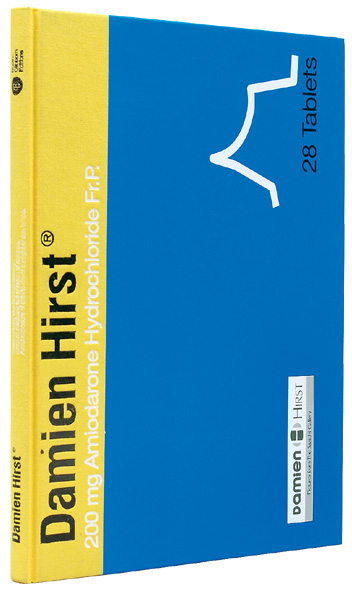
Pictures from the Saatchi Gallery. 28 Tablets. 2001.
Hirst has been nominated for the Turner Prize twice, once in 1992, and again in 1995, the year that he won. On the first occasion a Turner Prize booklet with a short resumé of each of the four finalists was published by Tate. Our copy has an inscription by Hirst on the front cover, “For Paul, we are the Leeds! Love Damien.” Although Hirst was born a Bristolian, he was brought up in Leeds and attended Allerton Grange High School and Leeds College of Art and Design – it seems the local football team also left an impression on him.
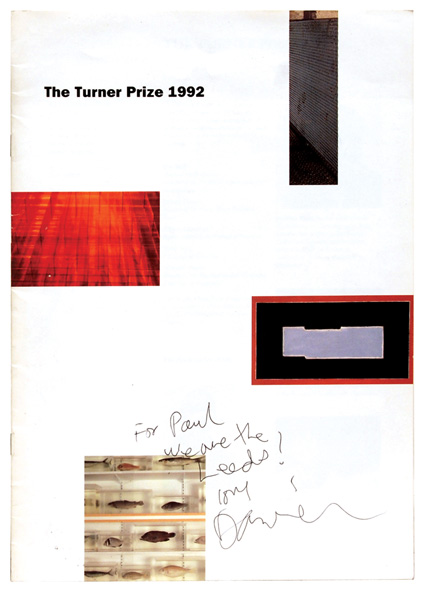
The Turner Prize 1992.
From the Cradle to the Grave, a self-publication by Hirst limited to 1,500 signed copies, showcases his draughtsmanship along with drawings and sketches.
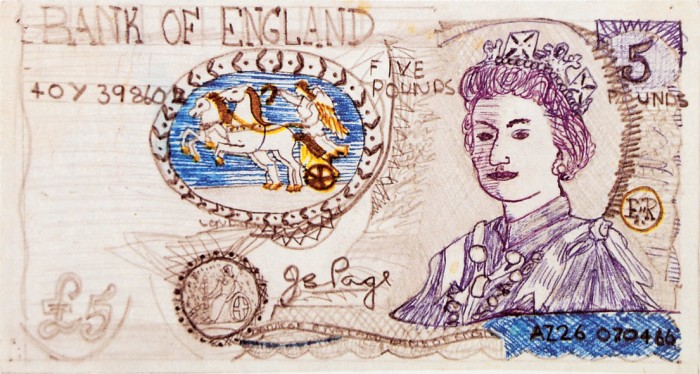
From the Cradle to the Grave. Selected Drawings. 2004.
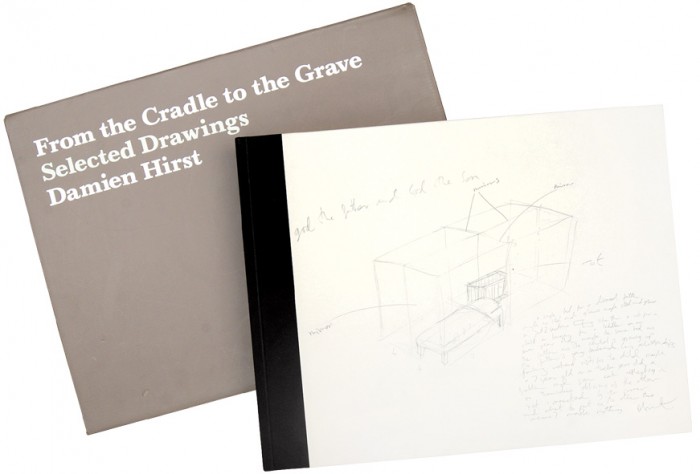
Also available is an original pen and ink drawing of a Skull and Crossbones, which comes with a Hirst reference number and has been entered into his archive.
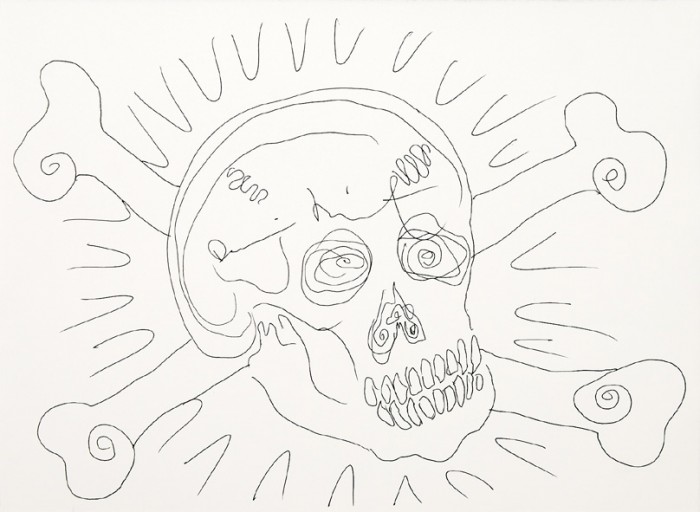
Skull and Crossbones. 2004.
The Booth-Clibborn publication I want to Spend My Life… is by far the most ambitious of any Hirst book, a mighty 334 pages with photographs, graphic design, pop-ups, transparencies, moveable plates, fold-outs, inserts, die-cuts, stickers and posters. Many of these first editions were signed by Hirst, including our copy – unfortunately some second editions have turned up with a signature and we have been reliably informed by the publisher these were not signed by Hirst – be warned.
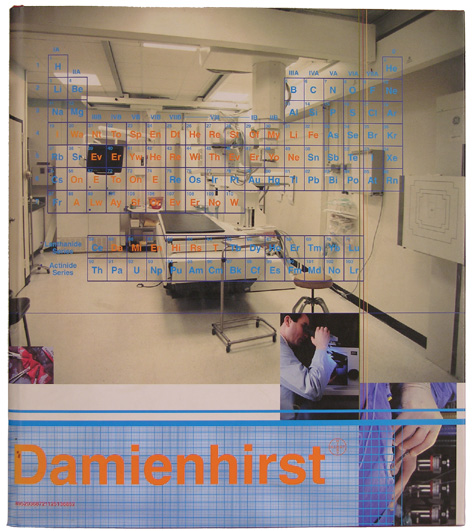
I Want to Spend the Rest of My Life Everywhere, with Everyone, One to One, Always, Forever, Now. 1997.
For the Love of God is probably one Hirst’s best known works. The sculpture, produced in 2007, consists of a platinum cast of a human skull encrusted with 8,601 flawless diamonds including a pear-shaped pink diamond in the forehead. It is valued at £50 million. In recognition for their help on this project, Hirst gave each of his staff an original print not intended for the commercial market. We have on offer two versions of the print framed together, Beyond Belief and For the Love of God, each from a limited edition of 300 and signed by the artist. We also have a couple of other rare signed prints which were gifted to employees and can be viewed in our shop.
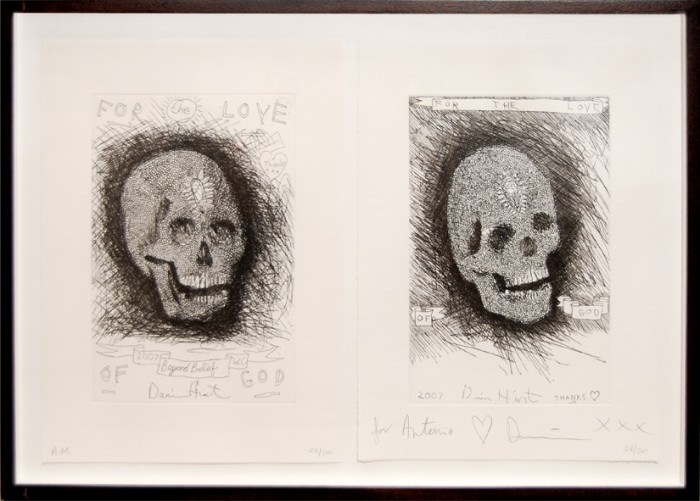
Beyond Belief and For the Love of God. 2007.
The Spot Paintings are probably Hirst’s most widely recognised motif. Our print of Ninety Coloured Spots is one of only 500 signed and inscribed in pencil. This print was not issued commercially, but intended for presentation by the artist to friends.
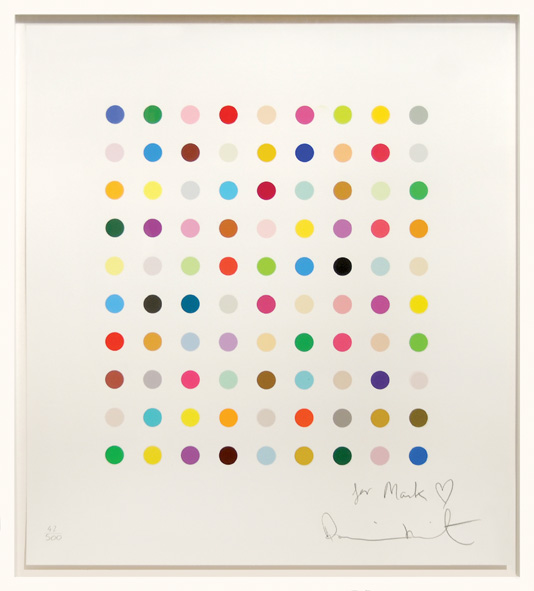
Ninety coloured spots. c.1990.
This print of Stalin is based on an original painting once owned by A. A. Gill, to which Hirst added a signature red spot to enable it to be auctioned for the Comic Relief charity. The painting achieved a price of £140,000 at Sotheby’s in London in February 2007. Our print is from a limited edition of 500 and is signed by the artist.
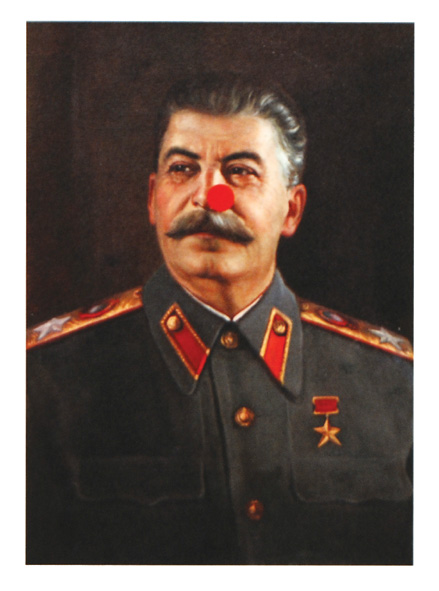
Joseph Stalin. 2007.
The print below was issued as one of thirteen in Hirst’s The Last Supper portfolio. The thirteen screen prints in the portfolio are based on pharmaceutical packets chosen for their designs rather than for the specific properties of the drug. This image is from a pack marked Atropine Sulphate BP injection, for use during heart attacks. The packaging was current at the time the work was made in 1999.
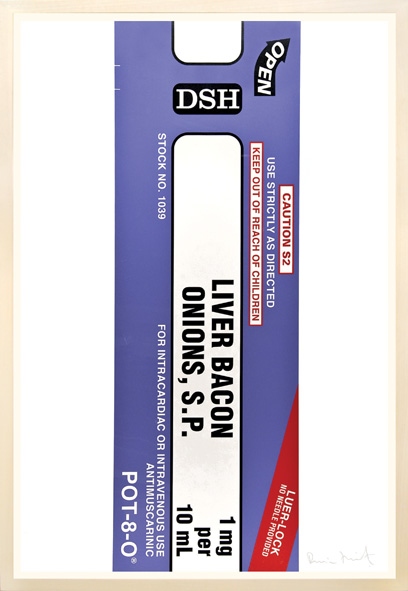
Liver, Bacon, Onions. (The Last Supper.) 1999.
For more prints and original artwork visit the Modern & Contemporary Art section of our gallery website, or visit our shop at 100 Fulham Road, London Sw3 6HS.

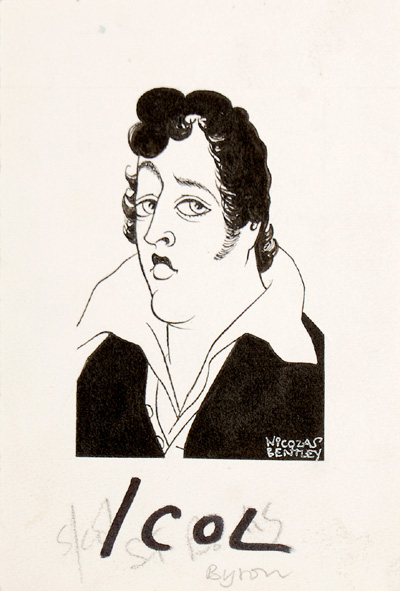
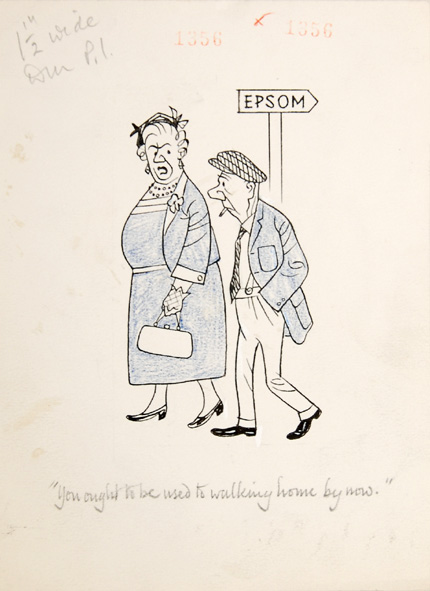
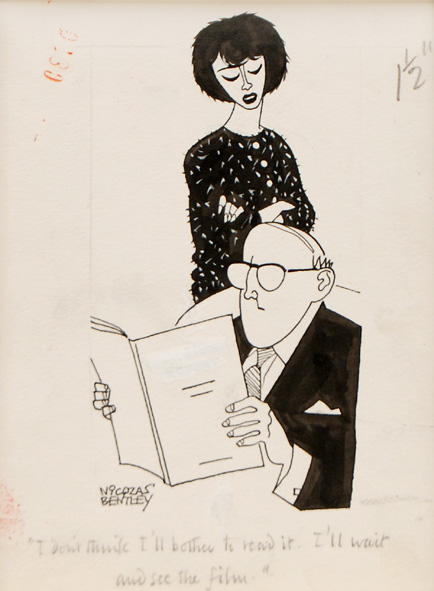
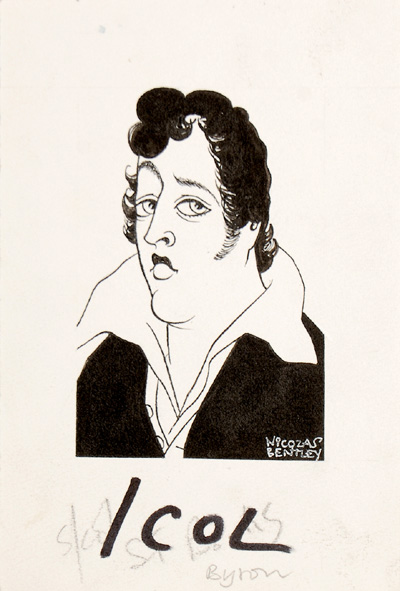
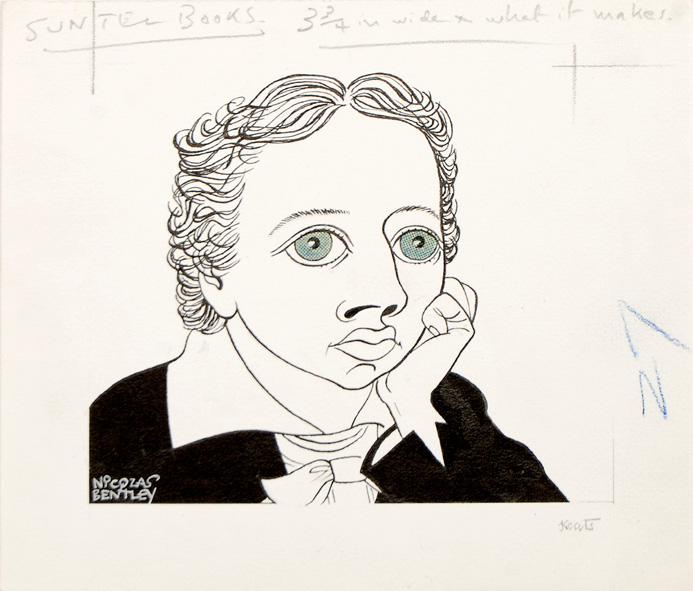
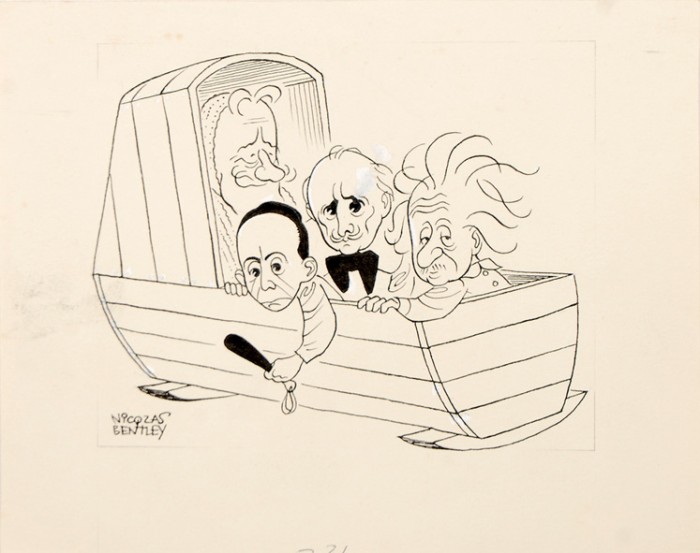
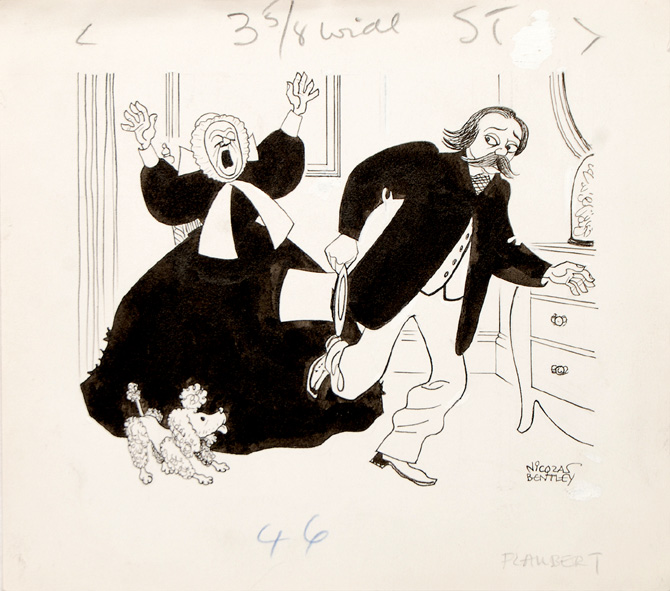
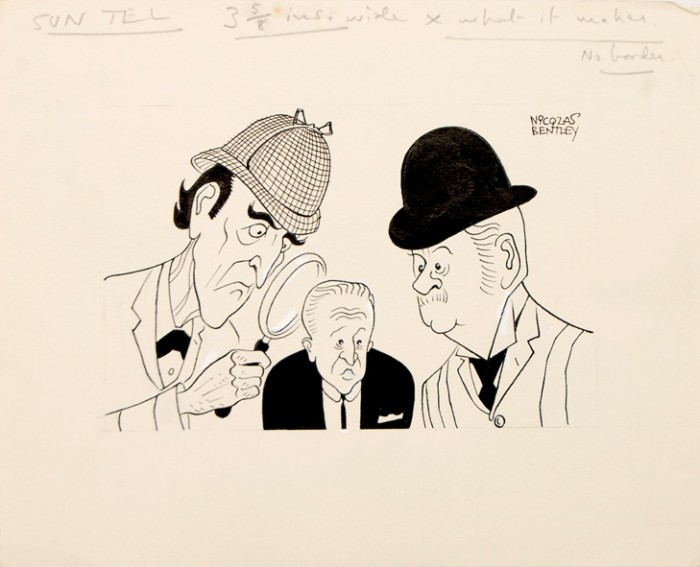
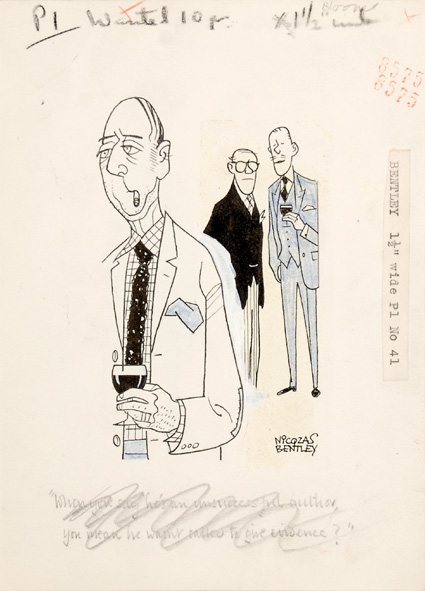
Recent Comments